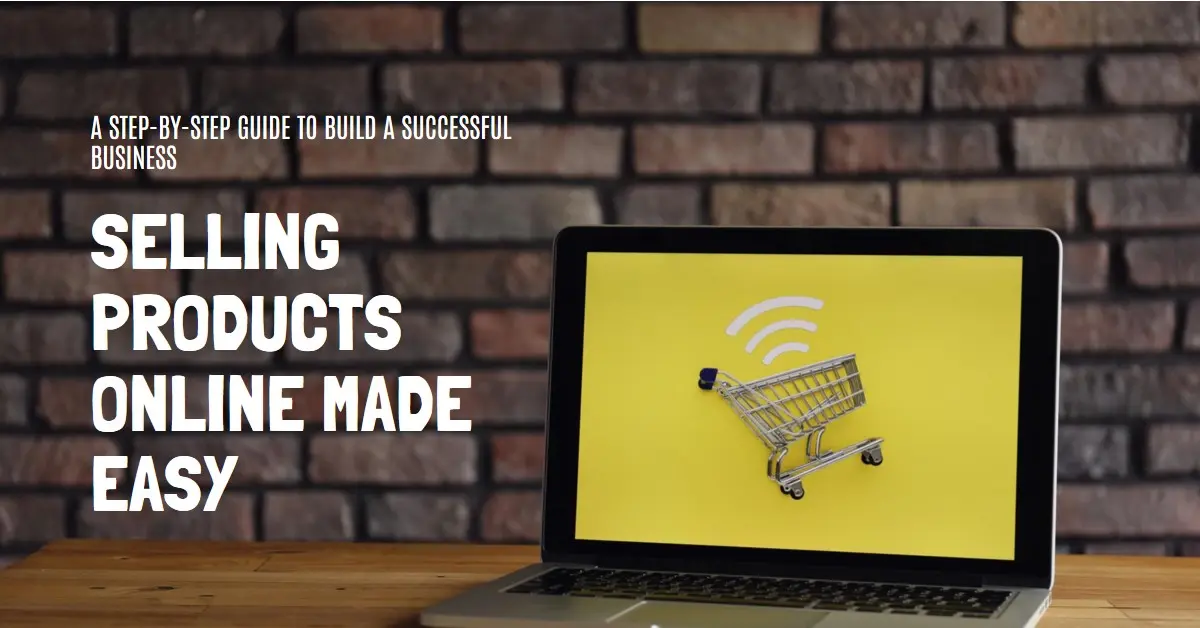E-commerce has exploded in popularity over the past decade. Launching an online business with low start-up costs, broader reach, and 24/7 operations is appealing to many entrepreneurs. But competition is fierce, and success is only guaranteed if you lay the right foundations.
For entrepreneurs with high margin products to sell online, it’s crucial to follow a well-structured plan. This step-by-step guide is designed to help you navigate through the competitive landscape of e-commerce, laying the foundational steps necessary for a successful online venture.
1. Choose an E-commerce Marketplace:
With so many e-commerce platforms out there, it can get overwhelming to pick one to sell your products on. Do thorough research to analyse factors like the number of users, market reach, seller fees and policies, tools for sellers, and overall reputation of platforms to determine the best fit for your business.
Established names like Flipkart Seller Hub—known for their wide customer base, can be a great choice for high margin products to sell online. Let us look at how you can start this journey.
2. Registration:
The first step is to register as a seller on Flipkart Seller Hub. The signup process is typically quick and easy that just takes 10 minutes. You may need to provide tax documentation or other verification materials. Once you have successfully registered, you’ll gain access to the platform’s seller tools and resources. This is where your journey as an online seller begins, allowing you to list your products and reach a vast audience of potential customers.
3. Create High-Quality Product Listings:
High-quality product listings that build trust and effectively showcase your items are vital for conversion. Make your product catalogue visually appealing with detailed titles, descriptions, specs, images and videos highlighting your products’ features, functionality and purpose. Highlight benefits customers care about. Use cataloguing tools and streamline listing multiple product variants too.
4. Manage Inventory and Fulfillment
Optimise listing and ensure it is accurate by proactively tracking and updating inventory stock levels to avoid overselling or frustrating ‘out of stock’ notices. Flipkart Seller Hub has dedicated services to support managing inventory and streamlining order fulfilment across the network in India.
6. Continuous Improvements are Key
Analyse sales velocity, conversion metrics, reviews, ratings and more via your Flipkart Seller Hub dashboard to identify best selling products and prime areas needing optimisation. Furthermore, experiment with pricing strategies, product bundling, and catalogue sequencing to maximise revenue. Adjusting these variables strategically can enhance the financial outcomes for your business, allowing for increased income and improved overall performance. Keep innovating your product portfolio to align with category growth trends and shifts in consumer preferences.
The Bottom Line
Selling online through Flipkart Seller Hub significantly reduces retail overheads for entrepreneurs. This platform enables you to start on a smaller scale, allowing you to test a selection of products before committing to a larger inventory. As you gain insights into what works, you can gradually expand your catalogue. The key to growing your e-commerce business lies in patience and consistently monitoring analytics. By analysing customer behaviour and sales trends, you can make informed decisions to optimise your product offerings and marketing strategies, leading to sustainable growth in the competitive online marketplace.


























